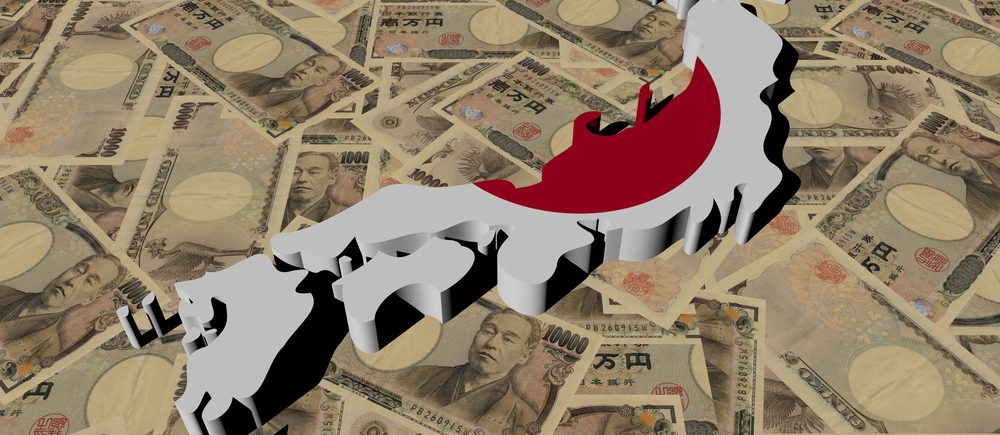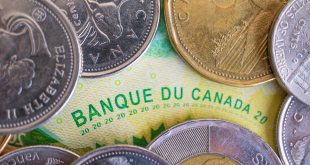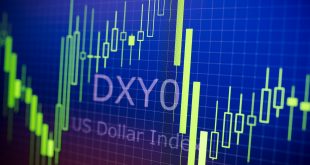Following the FOMC minutes, the USD/JPY is getting close to being overbought. The USD/JPY pair is currently trading at 146.32, not far from 146.30. The pair has gained more than 0.5% so far today. The minutes of the July FOMC Meeting show that US monetary policymakers want to leave the door open for additional interest rate increases in 2023.
The USD/JPY pair increased above 146.00 on Wednesday, posting a daily gain of more than 0.50% while trading at its best levels in nine months. Rising bond yields are strengthening the US currency in the meantime.
Following the release of the minutes from the July FOMC meeting during Wednesday’s US session, the US dollar gained strength as investors increased their hawkish bets on the Fed hiking interest rates. These members claimed that they were considering another raise in light of rising inflation threats.
As the BoJ maintains its dovish policy stance, the Yen has remained weak relative to its competitors despite differences in monetary policy.
According to the minutes of the July FOMC meeting, participants continue to believe that inflationary pressures are rather substantial. Members responded by saying that they would leave the door open for more interest rate increases if forthcoming data indicated strength.
Two policymakers supported keeping interest rates at their current level for the time being. The general attitude seemed to favour keeping an eye on incoming data, as Jerome Powell said during its most recent press conference.
The US economy is providing the FOMC members cause for concern about inflation being sticky because of the potential for increased inflationary pressures due to rising economic activity and the hot labour market.
The US treasury yields for the 2-year, 5-year, and 10-year Bonds increased in response to these developments, rising by between 0.50% and 1%. This increase helped the US Dollar, as measured by the DXY Index, increase by 0.20% each day.
Twenty four hours earlier, assumption emerged that Japanese policymakers wouldn’t be as ready to order assistance as they were last year since they now gain from a weaker currency. This assumption grew as the yen plummeted past 145 per dollar in recent days with scarcely a peep from Japanese policymakers. In Q2, booming exports helped the economy develop by 6% on an annualized basis, and falling global oil prices have helped keep import costs under control.
The wide yield gap with the United States, however, continues to be a significant influence in the yen’s weakness. Despite the fact that the Bank of Japan is gradually moving away from its ultra-loose monetary policy and there are growing expectations that U.S. rates have peaked, the bond market currently offers a compelling argument for selling the yen.
However, given that the yen has hit the same range that led to significant dollar selling by Japanese authorities in September and October of last year, currency traders are still wary of inciting intervention.

 Noor Trends News, Technical Analysis, Educational Tools and Recommendations
Noor Trends News, Technical Analysis, Educational Tools and Recommendations




